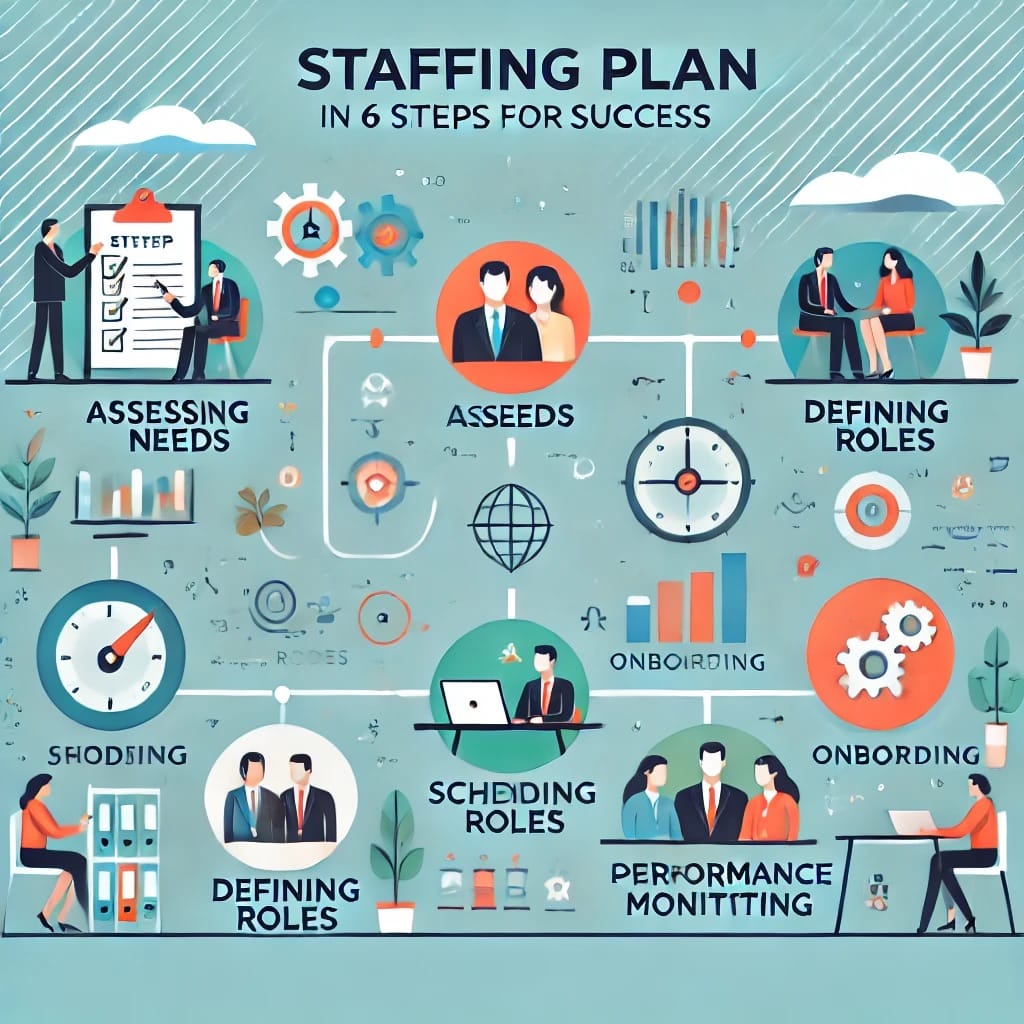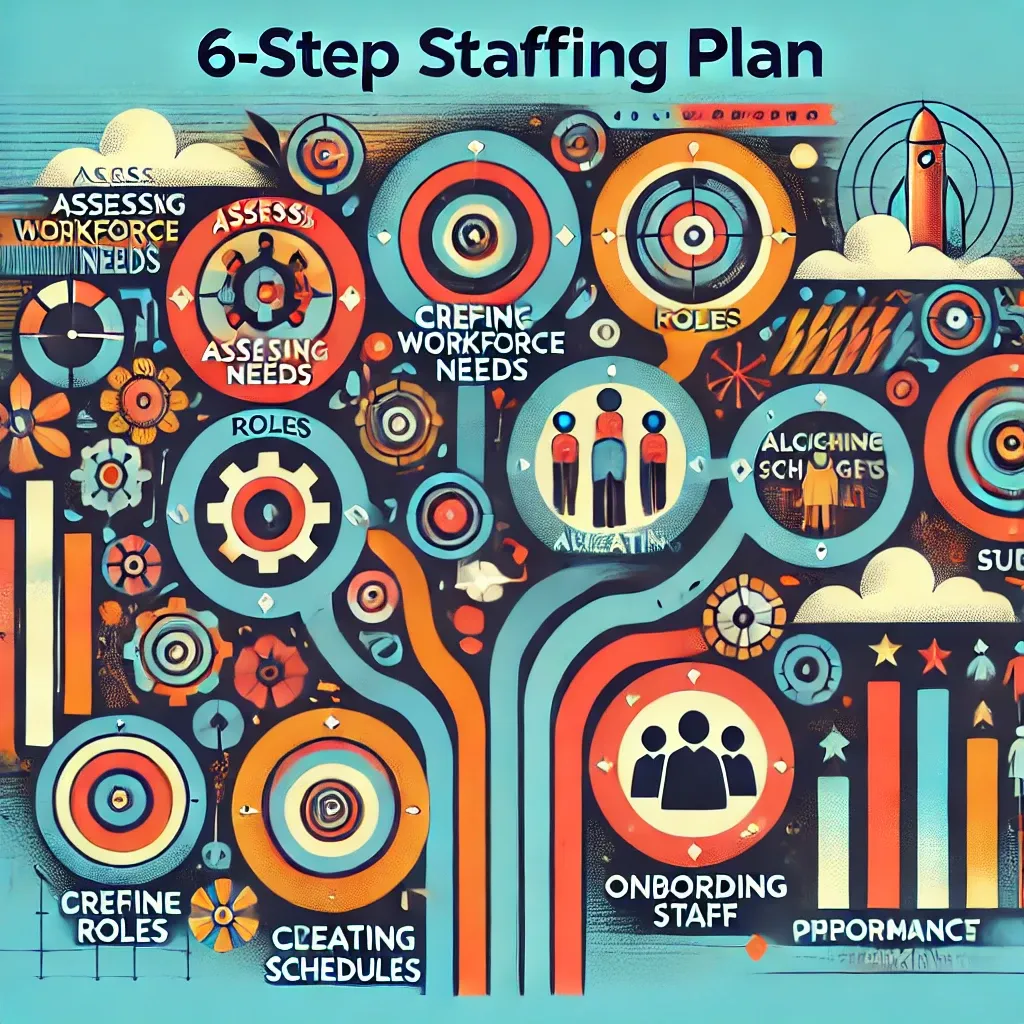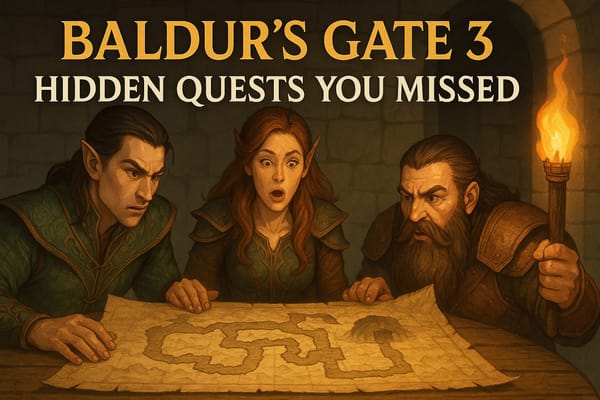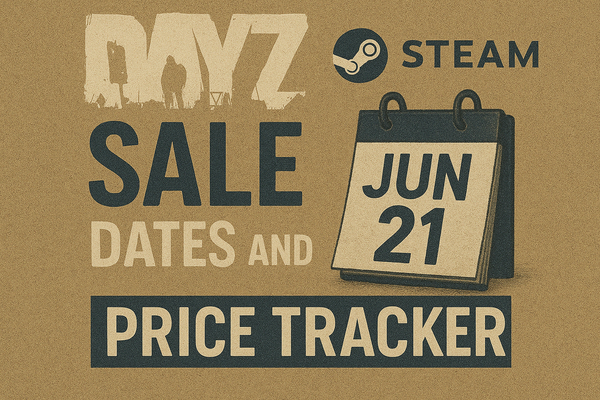Create a Successful Staffing Plan in 6 Simple Steps

Employees are the backbone of consistent business growth. While this might sound obvious, effective workforce planning is more complex than it appears. Even top-tier companies often struggle with managing human resources efficiently, sometimes leading to issues like overstaffing, skill gaps, and productivity declines. The COVID-19 pandemic and ongoing economic challenges have only added to these difficulties. However, a strategic staffing plan can help mitigate such problems, ensuring your business remains on course.

In this article, we’ll explain what a staffing plan is, highlight its benefits, and guide you through the steps to develop one for your company. We’ve also included templates to make the process even easier.
What Is a Staffing Plan?
A staffing plan is a strategic framework designed to analyze both current and future staffing needs across all departments of an organization. This document outlines the number of employees required to meet business objectives and identifies which skills are necessary. Essentially, it provides a roadmap for hiring and developing your workforce to drive company growth effectively.
Benefits of Using a Staffing Plan
Implementing a well-thought-out staffing plan offers numerous advantages, from improving recruitment processes to enhancing employee satisfaction. Here are some key benefits:
1. Recruitment Process Improvement
A strategic staffing plan significantly enhances your recruitment process. It ensures you hire individuals with the right skills to meet your business goals. This structured approach allows you to focus on crucial recruitment elements, such as:
- Crafting detailed job descriptions
- Effective candidate sourcing
- Thorough screening and interviewing
- Scheduling interviews efficiently
- Streamlining the onboarding process
By doing so, you improve your chances of hiring the best candidates. Additionally, a professional and organized approach leaves a positive impression on potential employees.
2. Better Succession Planning
Employee turnover is inevitable—people leave for various reasons, such as relocating, career changes, or family obligations. However, a robust staffing plan can make succession planning much more manageable. You’ll be able to prepare for vacancies in advance, sometimes without needing to hire externally. For example, you might reassign tasks among existing employees or promote from within to fill roles seamlessly.
3. Retain Employees
Recruiting and training new employees are time-consuming and expensive processes. Without a solid plan, you risk costly disruptions when positions suddenly become vacant. A strategic staffing model helps your company identify and address skill gaps, ensuring that your workforce remains aligned with business goals. You can proactively offer training or recruit new talent to fill critical roles, reducing the risk of skill shortages and keeping your team engaged.
How to Develop a Staffing Plan
Creating a staffing plan doesn’t have to be daunting. Follow these six steps to develop a strategy that aligns with your business objectives:
1. Define Business Goals
Start by identifying your company’s goals and objectives. Your strategic business plan should outline your top priorities, which you can then connect to your staffing needs. For example, if you plan to expand into a new market, decide whether to train existing employees or hire specialists with the required expertise.
2. Consider Internal and External Factors
Assess factors that could impact your staffing plan. These include both internal and external influences, which can be either positive or negative. For example, consider:
- External factors: Low unemployment rates, market competition, or changing industry trends.
- Internal factors: Upcoming retirements, promotions, or employee terminations.
Understanding these variables helps you anticipate challenges and adjust your strategy accordingly.
3. Analyze Your Current Staffing Environment
Evaluating your existing workforce is crucial for creating an effective staffing plan. Gather data on:
- Number of employees and team sizes
- Current skills and competencies
- High-performing and low-performing employees
- Potential leaders within the organization
- Employee age demographics
This analysis will help you identify areas where your team excels and where there may be gaps. For instance, if several employees are nearing retirement, you can plan for their replacements or start cross-training staff.
4. Forecast Future Staffing Needs
Predicting your future staffing needs is essential for long-term success. While this can be challenging, especially in a dynamic business environment, there are methods to help you:
- Trend analysis: Use historical data from the past 5-10 years to identify hiring patterns, retention rates, and turnover trends.
- Ratio analysis: Calculate the relationship between revenue forecasts and staffing needs, or use sales data to determine the ideal number of salespeople required.
Research industry trends to stay competitive. When you know you’ll need new hires, you can start recruiting early and avoid scrambling to fill roles.
5. Conduct a Skill Gap Analysis
A skill gap analysis compares your current workforce’s capabilities with your future needs. This helps you determine whether to upskill existing employees or hire new talent. It’s an effective way to spot deficiencies and develop strategies to address them.
Gaps could include lacking technical skills, insufficient headcount, or employees misaligned with their roles. Identifying these issues allows you to take corrective action before they impact business operations.
6. Develop the Staffing Plan
With all your research and analysis complete, compile your findings into a detailed staffing plan. Consider including:
- Staffing needs: List all roles that need filling, specifying whether they are temporary or permanent. Include details like department, location, and working hours.
- Budget: Outline your financial constraints, including how much you’re willing to spend on salaries, training, and recruitment.
- Hiring timeline: Establish a timeline for recruitment and onboarding. Planning ahead prevents surprises, such as an unexpected resignation, from causing delays.
- Candidate sourcing: Identify various recruitment methods, such as internal promotions, job postings, or working with staffing agencies.
- Onboarding and training: Describe how new hires will be integrated and trained to ensure they become productive team members quickly.
Staffing Plan Templates
Ready to put your plan into action? These templates will simplify the process, whether you’re managing a large or small organization. You’ll need Microsoft Office to edit them, but if you don’t have it yet, consider getting a license from RoyalCDKeys at a discounted price.
1. One-Page Staff Hiring Proposal Template
This PowerPoint template is ideal for outlining employee hiring details concisely. Customize it with your company’s branding, including colors, fonts, and images. It’s perfect for presenting hiring plans to upper management or HR teams.
2. Recruitment/Staffing Hiring Agency Business Plan Template
This Word template is great for agencies or businesses looking to streamline their hiring process. Replace the placeholder text with your business information, and adjust the formatting to match your company’s style.
3. Staffing Matrix Management Plan Template
A simple yet effective template for companies that don’t need overly complex staffing plans. It’s especially useful for smaller teams or projects. Customize the fields to reflect your organization’s structure and staffing needs.
4. Strategic Analysis Staffing Plan Template
Designed for larger organizations, this PDF template provides a detailed framework for strategic staffing. It’s comprehensive and helps manage skills, employee performance, and future workforce planning.
Conclusion
A well-executed staffing plan is essential for any organization aiming to achieve long-term success. Regularly review and update your plan to ensure it aligns with your evolving business strategy. By following these six steps and utilizing the provided templates, you’ll be better prepared to manage your human resources efficiently and meet your company’s goals.
Best of luck in creating your staffing plan, and don’t forget to explore our other articles for more business management insights and tools!
Source: Learn How to Create a Staffing Plan in Six Easy Steps
Read also our last article: Build a Cost Breakdown Structure for Precise Budgeting





